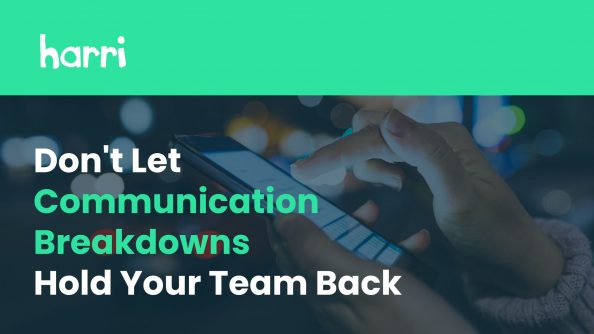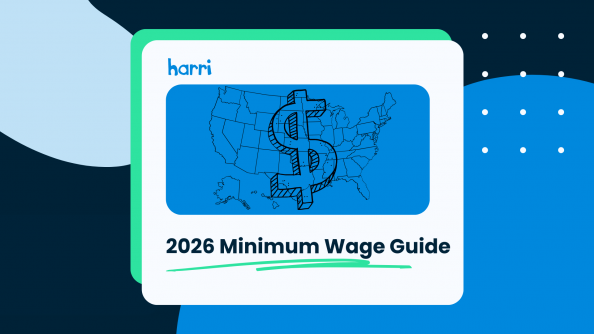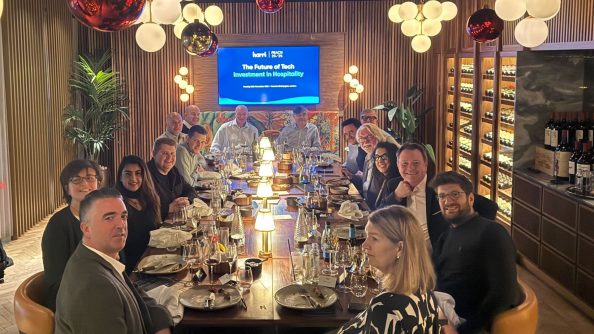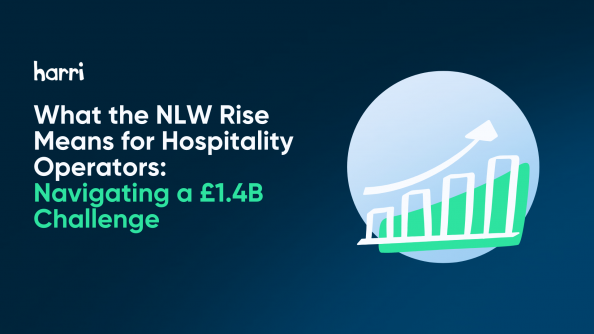The Future of Workforce Optimization

- By Harri Insider Team | August 27, 2024
The hospitality industry has enough to juggle at the moment, with rising costs of energy, food, and wages. However, there is one simple approach to tackle this – labor optimization. By strategically scheduling your employees you can cut down on labor costs and greatly improve the efficiency of your business.
When talking about the proper staff optimization and labor deployment, it is essential to have a workforce management system that can help you optimize your schedules and give your employees the best experience – by giving them autonomy to block out availability, swap shifts easily, and stay in touch with their colleagues all through one simple app.
Leveraging Technology for Workforce Optimization
Sometimes the phrase “artificial intelligence” can scare people – but there is definitely a case for using it in your business. With the help of data analysis, trends, and patterns, AI provides support to HR managers and can improve the further processes of human resources planning to increase the effectiveness and efficiency of your workforce.
Another useful tool in the strategy of workforce optimization is predictive analytics: a tool that utilizes historical data to determine the probable patterns of future staffing needs. One example is Harri’s smart scheduling tool, which leverages historical sales, demand forecasting, and activity-based intelligence to inform the precise labour needed in a given day or week. The technology can even take into account external factors such as weather or major events to predict an increase in customer footfall.

Embracing Flexible Work Models
Flexible working has a different definition in the hospitality industry to other workplaces – in hospitality, it can look like giving work schedules plenty of weeks in advance, allowing employees to swap and drop shifts when needed, and blocking out availability (for example, for students who need to block out their school hours).
All of these things add up to a better employee experience and a happier, more productive workforce. By sharing work schedules in plenty of time, it allows employees to plan around their personal lives and make changes to the schedule if needed. Trading shifts easily allows your workers to attend to their commitments outside of the workplace while at the same time having adequate coverage on shift. Allowing a good work-life balance is no longer a nice to have – for many employees, it is their number one priority.
Another way to give employees more flexibility is by having them trained on multiple stations or in more than one facet of the company. This increases the versatility of the staff and the efficiency when certain times of the year are busy or when there are gaps within the staff. Besides, they help to cut down on costs by having control and management of staffing and enhancing the productivity and accommodation of huge workforce in the field of hospitality business organizations.

Prioritizing Employee Well-Being
Employee well-being now goes hand in hand with all the other concerns for hospitality operators at the moment. Businesses that prioritise their employee well-being reap the rewards of a happy, well-rested workforce. Such programs can help to increase organizational staff retention, and improve overall organizational performance and operational effectiveness. By supporting the well-being of the employees, it’s possible to improve the morale at workm maintain a healthy workforce, and decrease absenteeism.
When complemented with Harri workforce solutions, these strategies would enhance workforce performance and productivity, which would positively impact the organizations and create their standing in coping with the current market challenges and issues.



















